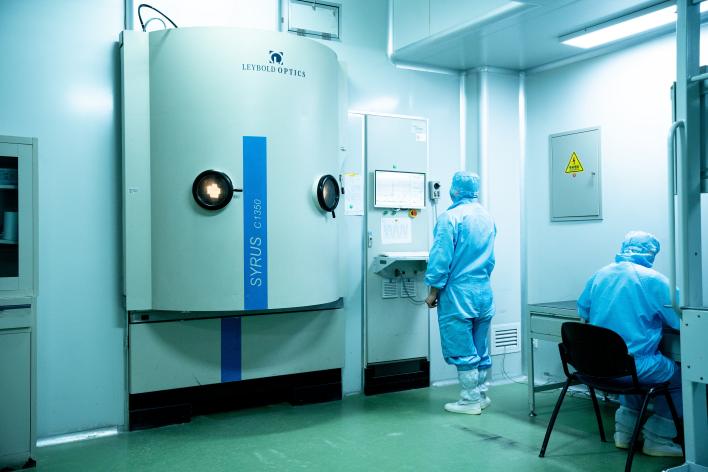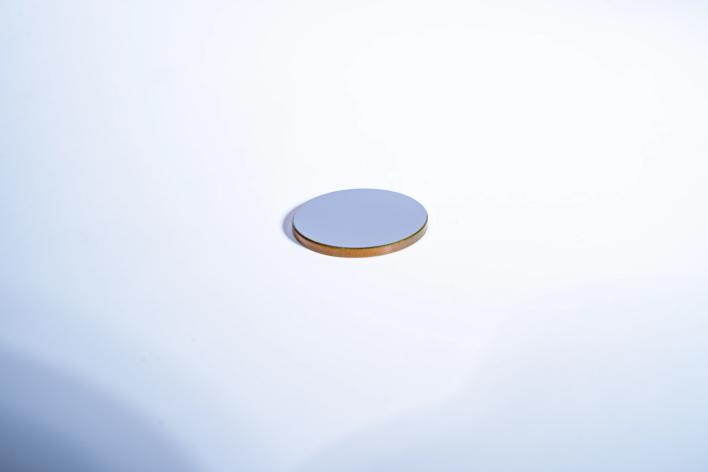As space keeps growing bigger, light coming from far-off galaxies gets pulled like taffy, stretching into longer infrared waves. This stretching means we absolutely need special infrared filter tools to spot and study the universe’s oldest objects. These clever light filters pick out the stretched signals while cutting through background fuzz, letting scientists unlock secrets about baby galaxies. Below we’ll break down how this works and what makes these filters so special.

Why We Need Infrared Filters to Study Faraway Galaxies
What Cosmic Stretching Does to Starlight
The never-ending expansion of space acts like invisible hands pulling on light beams from distant galaxies – astronomers call this “redshift”. The farther away a galaxy lives, the more its light gets tugged toward the infrared zone. What started as ultraviolet or regular visible light can arrive at Earth as infrared radiation after traveling billions of years. To catch these time-traveling light messages, our telescopes need infrared filter helpers.
Regular Telescopes Miss the Oldest Galaxies
Normal stargazing telescopes work best for seeing colors like purple through red (400-700 nm). But the stretching effect can take a galaxy’s light signature and move it completely out of this range. For example, important Lyman-alpha emissions (normally at 121.6 nm) might get stretched all the way to the near-infrared neighborhood (0.8-2.5 microns) when looking at extremely distant galaxies (z > 6). That’s why we need special infrared filter equipment to spot these cosmic senior citizens.
How Young Stars’ Light Changes During Its Journey
Galaxies born during the universe’s first billion years shine brightly with young stars’ UV light. But after traveling so far, that energetic UV glow gets stretched into the infrared zone by the time it reaches us. Infrared filters act like cosmic strainers, helping scientists separate important clues from this stretched light – things like Balmer breaks or specific emission lines (H-alpha, [O III]) that tell us about star births and galaxy atmospheres long ago.
Infrared Filters – The Universe’s Special Glasses
How Telescope Light Filters Work
Think of infrared filters as super-picky bouncers at a light wave nightclub. They only let certain wavelengths party in the telescope camera while blocking unwanted light troublemakers. Most telescopes slot these filters into spinning wheels or mosaic panels right in front of their light sensors. This setup helps astronomers study particular space phenomena like dancing molecules, space dust clouds, and ancient galaxy features.
Picking the Right Light Window
Scientists choose which light windows to study based on two things: their research goals and how much stretching (redshift) they expect. For instance, the famous H-alpha emission line (normally at 656.3 nm) might appear at 1.31 microns for moderately distant galaxies (z ~ 1) or 2.63 microns for very distant ones (z ~ 3). Precision infrared filters can find these moved signals like cosmic detectives, helping map galaxy distances and histories across universal time.
Cleaning Up Space Static
Infrared cameras face constant interference from heat glow – both from Earth’s atmosphere and the telescope’s own warmth. Top-quality infrared filters act like noise-canceling headphones, using sharp cutoffs and strong blocking to reduce this interference. This becomes super important when trying to spot faint galaxy whispers against the bright infrared background.
The Tech Behind Better Light Filters
Narrow vs Wide Light Windows
Some infrared filters work with extremely narrow windows (just a few nanometers wide) – perfect for isolating specific space fingerprints like Lyman-alpha emissions from ancient galaxies. Others use wide windows (hundreds of nanometers) better suited for general sky surveys where catching lots of light matters more than perfect color separation.
Building Tougher, Smarter Filters
Modern infrared filters use layered coatings – imagine microscopic sandwiches of special materials – applied to ultra-pure glass or sapphire using advanced factory techniques. These methods ensure the coatings spread evenly across large surfaces while standing up to real-world telescope conditions without changing performance.
Surviving Space’s Deep Freeze
Many space telescopes (like JWST) need to work in extreme cold to reduce electronic noise. Infrared filters must keep working perfectly even when chilled below -280°F (-173°C), maintaining their light-passing abilities without cracking or changing their optical properties.
Bodian’s Space-Saving Filters
Bodian’s Astronomy Filter Collection
Bodian makes a complete range of infrared filters specially designed for space research. Their lineup includes both narrowband filters (for specific emission lines like H-alpha, [O III], [S II]) and broadband filters (for standard YJHKL survey bands). They offer ready-made solutions for common systems plus custom designs for unique research needs.

Filters Working Around the World
Bodian’s infrared filters operate successfully in major Earth-based telescopes from Hawaii’s dry mountaintops to mid-latitude observatories. Their smart design allows easy installation in existing filter wheels without complicated retrofits. All Bodian astronomy filters meet strict quality standards for surface smoothness and cleanliness, ensuring crisp images even in fast optical systems.
Performance You Can Measure
Bodian’s filters deliver over 95% light transmission in their target ranges while strongly blocking unwanted light (OD5+ rating). They verify performance through rigorous testing that mimics actual observing conditions, ensuring reliable operation during long observation runs.
Custom Filters for Special Missions
Designing for Specific Cosmic Eras
Some space surveys focus on particular chapters of universal history (like galaxies from when the universe was 6-10 times smaller than today). Bodian works directly with research teams to create tailored infrared filter sets that match these special needs, helping spot galaxies whose original light has shifted into predicted infrared zones.
Teamwork Across Light Types
Modern astronomy often requires coordinated observations across multiple light types. Bodian supports these efforts with matched filter sets calibrated using standard reference stars, ensuring consistent brightness measurements across different instruments. By using Bodian filters on both ground and space telescopes, researchers can build complete light profiles needed for understanding star formation history.
What’s the Future of Space Filters
Future Telescope Needs
Next-generation space missions (like NASA’s Roman Telescope or ESA’s ARIEL) will need even tougher infrared filters that can handle vacuum conditions while maintaining ultra-precise light selection (<1% bandwidth). Future designs may use radiation-resistant materials and possibly adjustable filters that can change their properties during missions.
Choosing the Right Filters
For observatories planning upgrades or new instruments focused on distant universe studies, early consultation with Bodian’s engineers can help optimize the complete light path – considering telescope optics, sensor efficiency, and atmospheric effects. Bodian provides detailed performance reports including wavefront measurements, important for maintaining image sharpness in advanced optical systems.
FAQs
Q1: Why can’t we use backyard telescopes to see the most distant galaxies?
The stretching of space shifts ancient galaxies’ light completely out of the visible range into infrared territory. Regular telescopes can’t see these stretched signals – we need special infrared filter equipment to detect them.
Q2: How do infrared filters help study extremely distant galaxies?
These filters act like precise light sieves, catching important stretched signals (like moved emission lines) while blocking interfering light. This helps scientists study star formation and galaxy conditions in the early universe.
Q3: What makes Bodian’s infrared filters good for space research?
Bodian filters offer:
Excellent light passing (over 95%)
Reliable cold-weather performance for space telescopes
Custom designs for specific research needs
Thorough testing for harsh conditions

